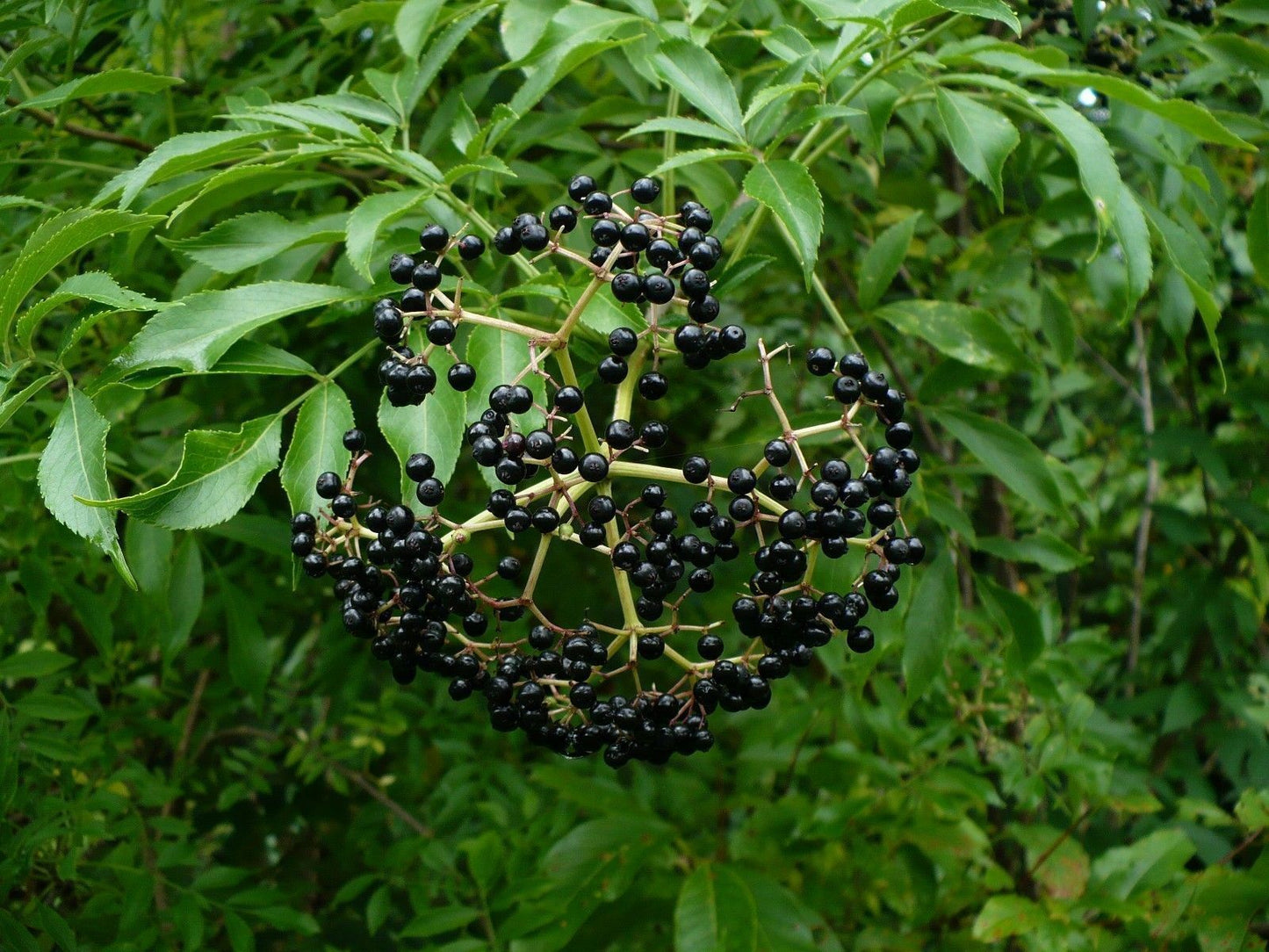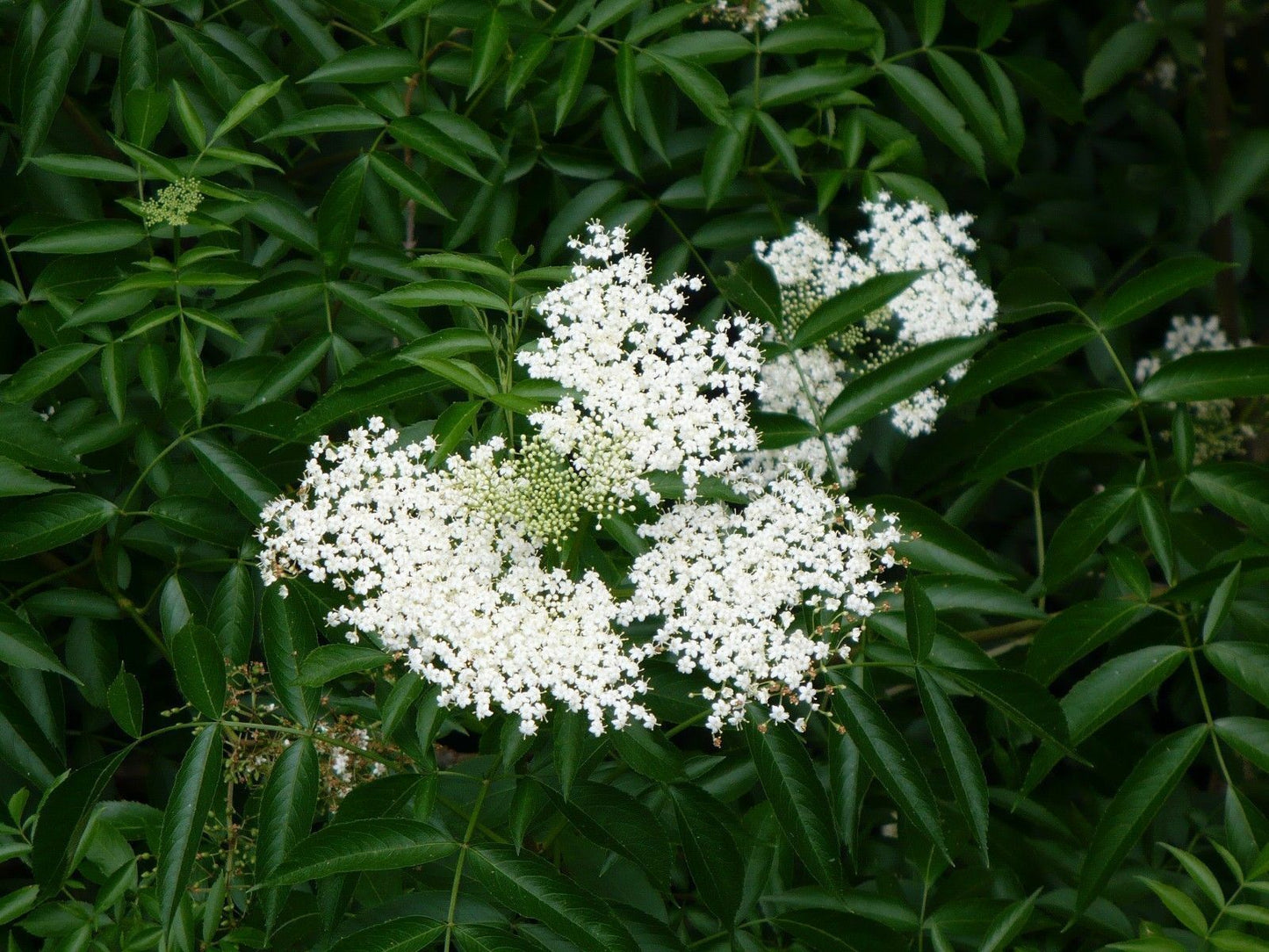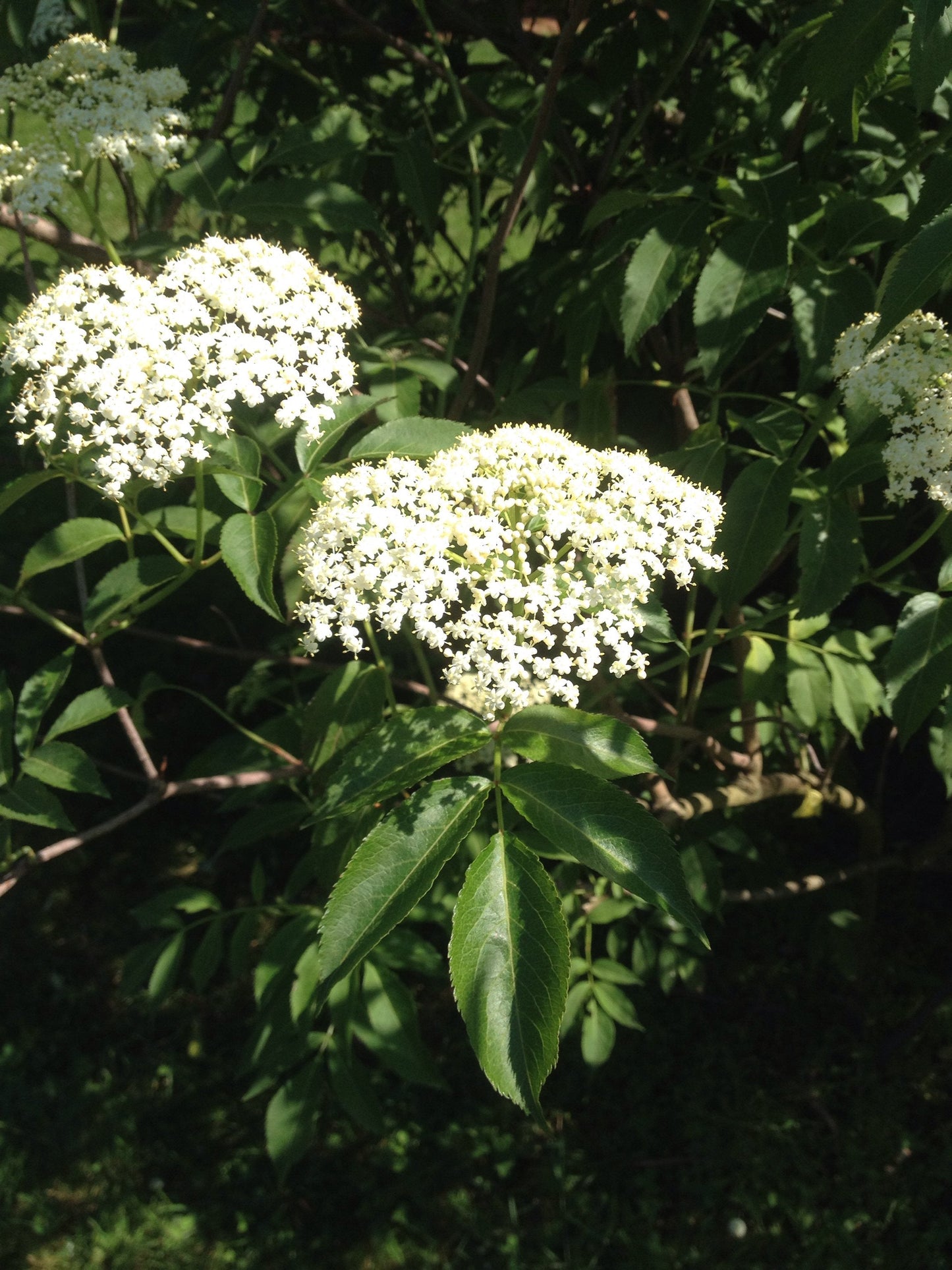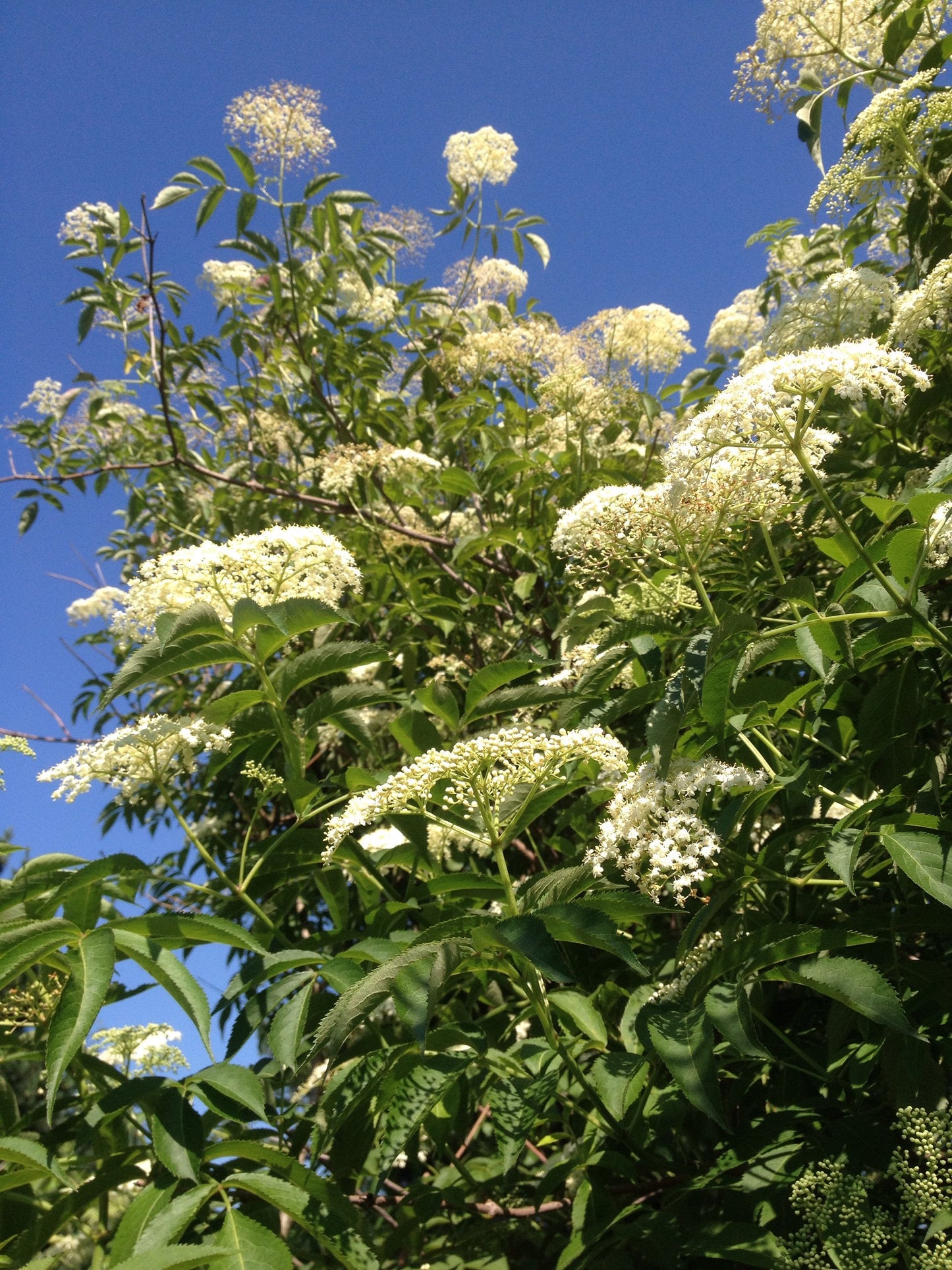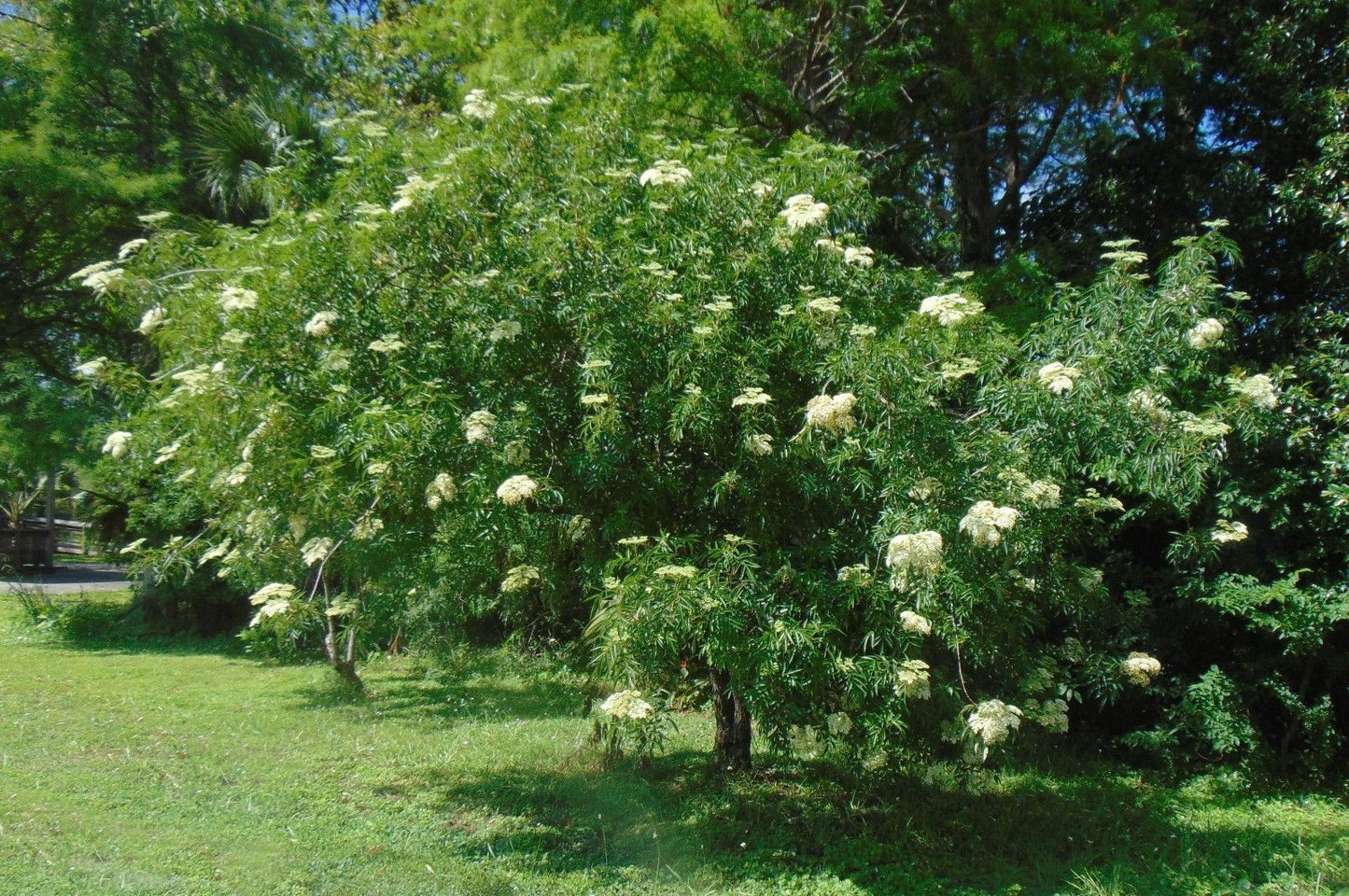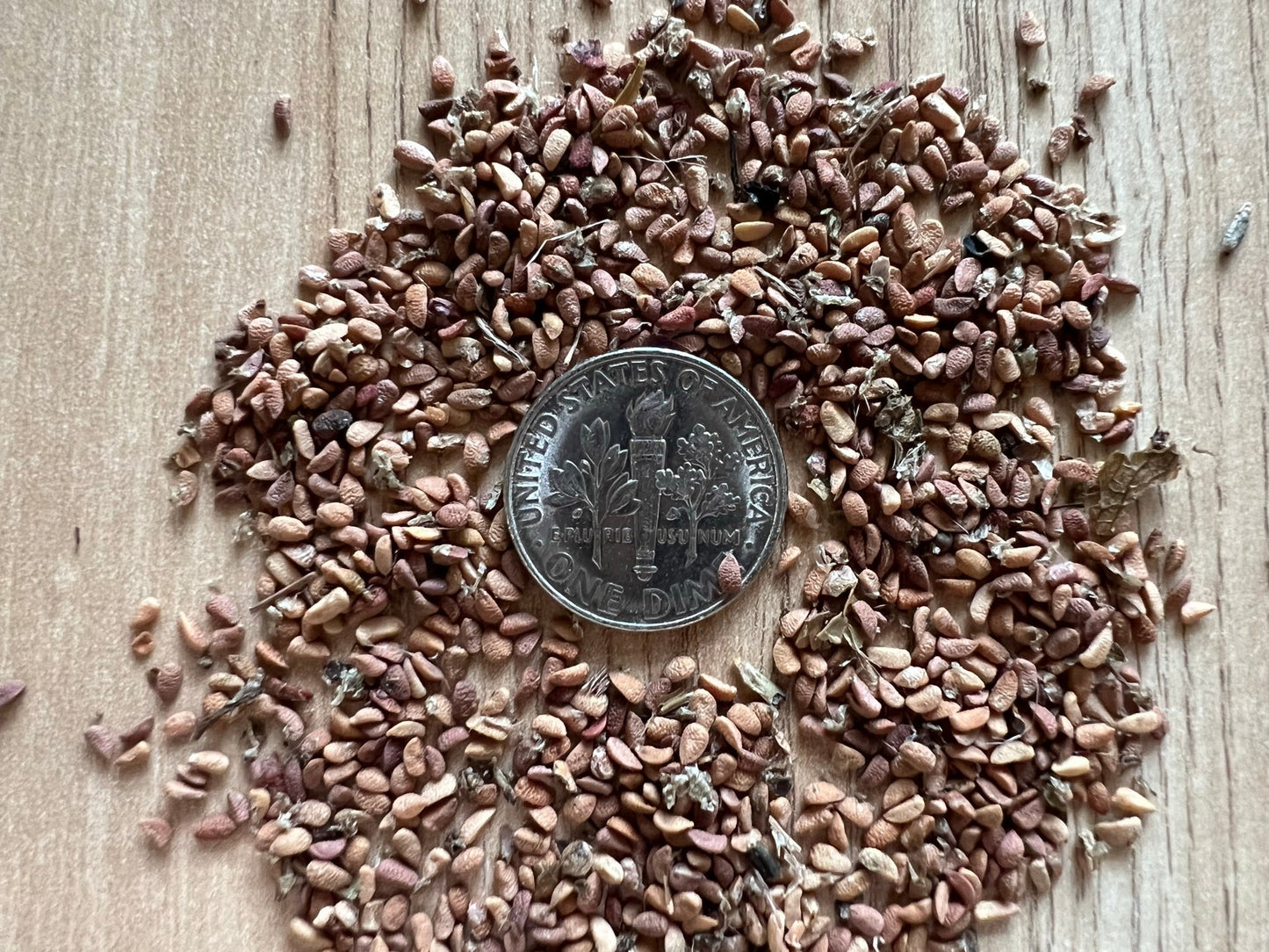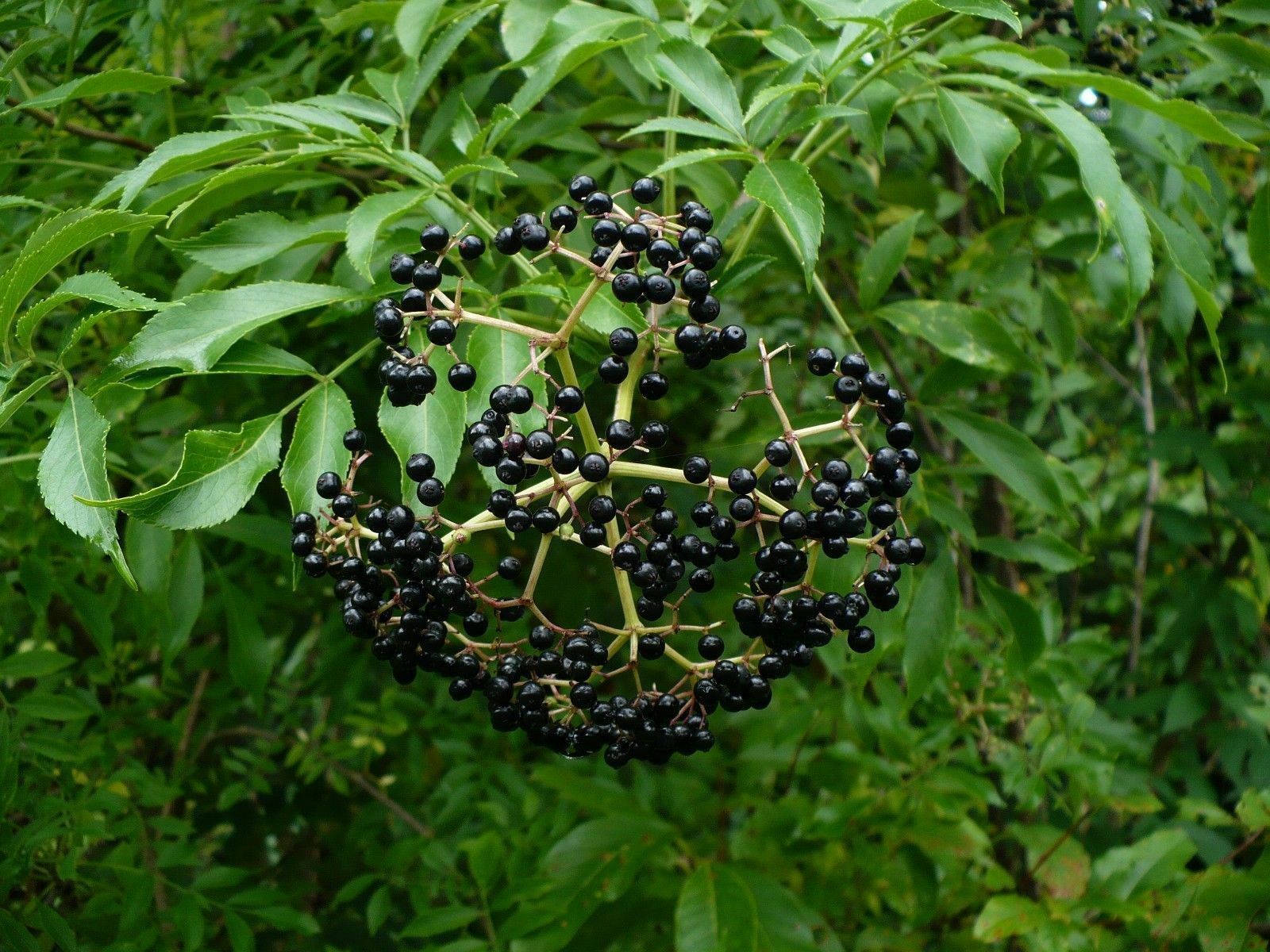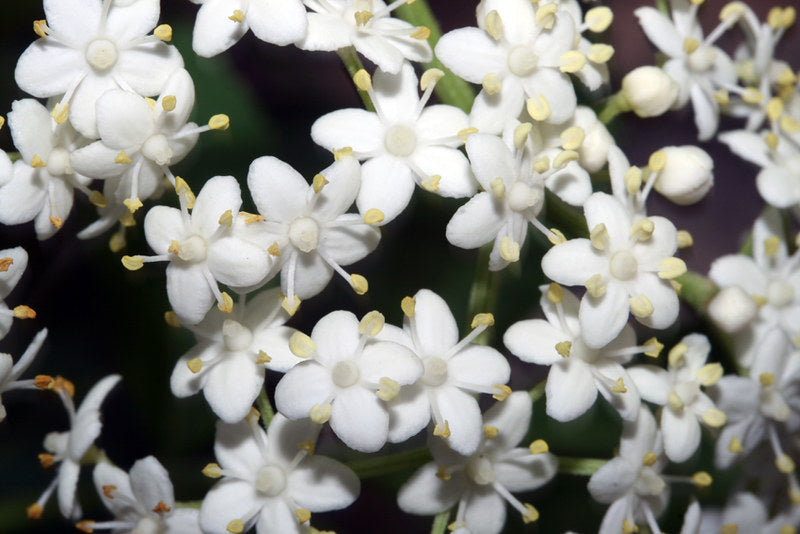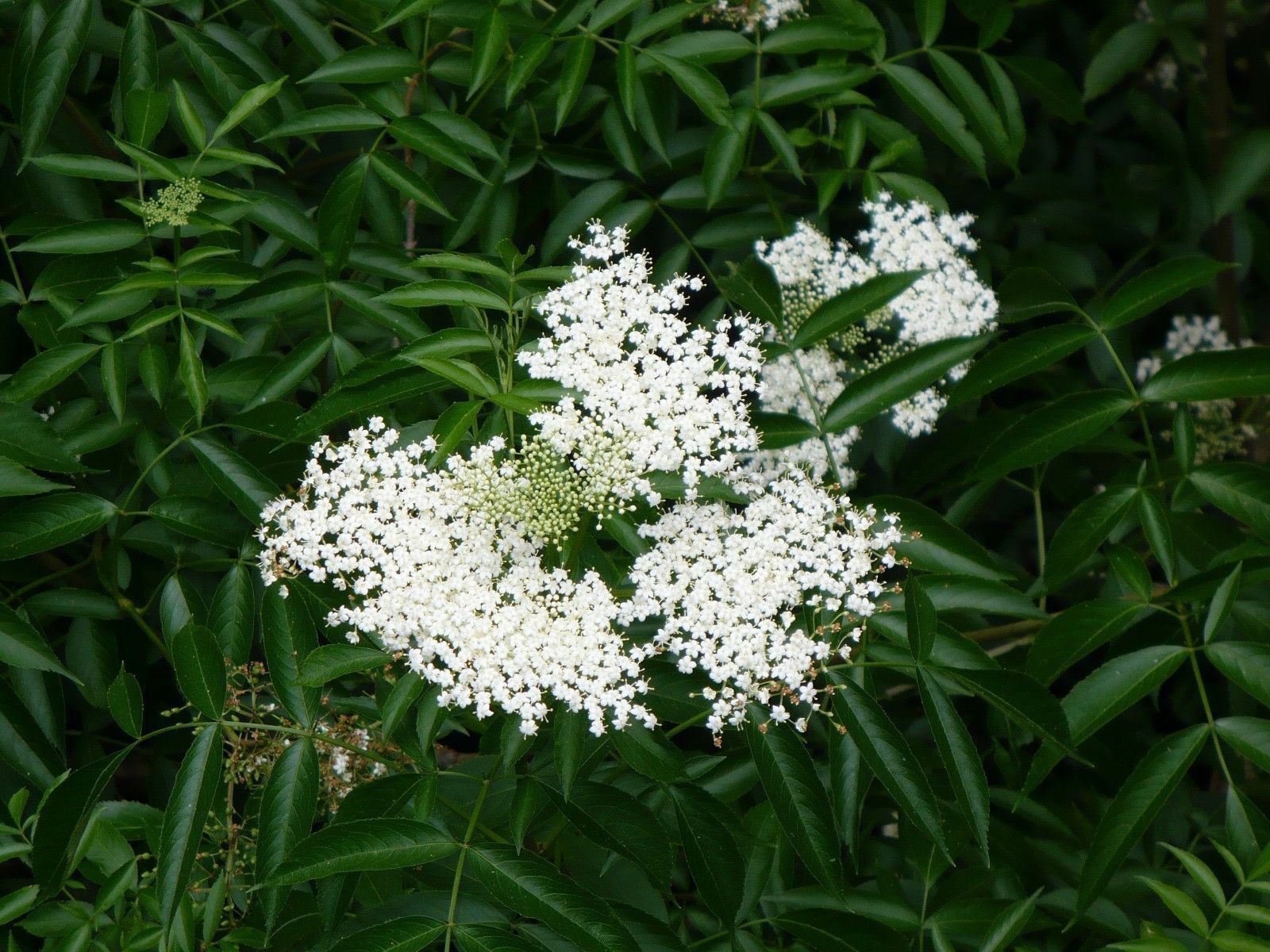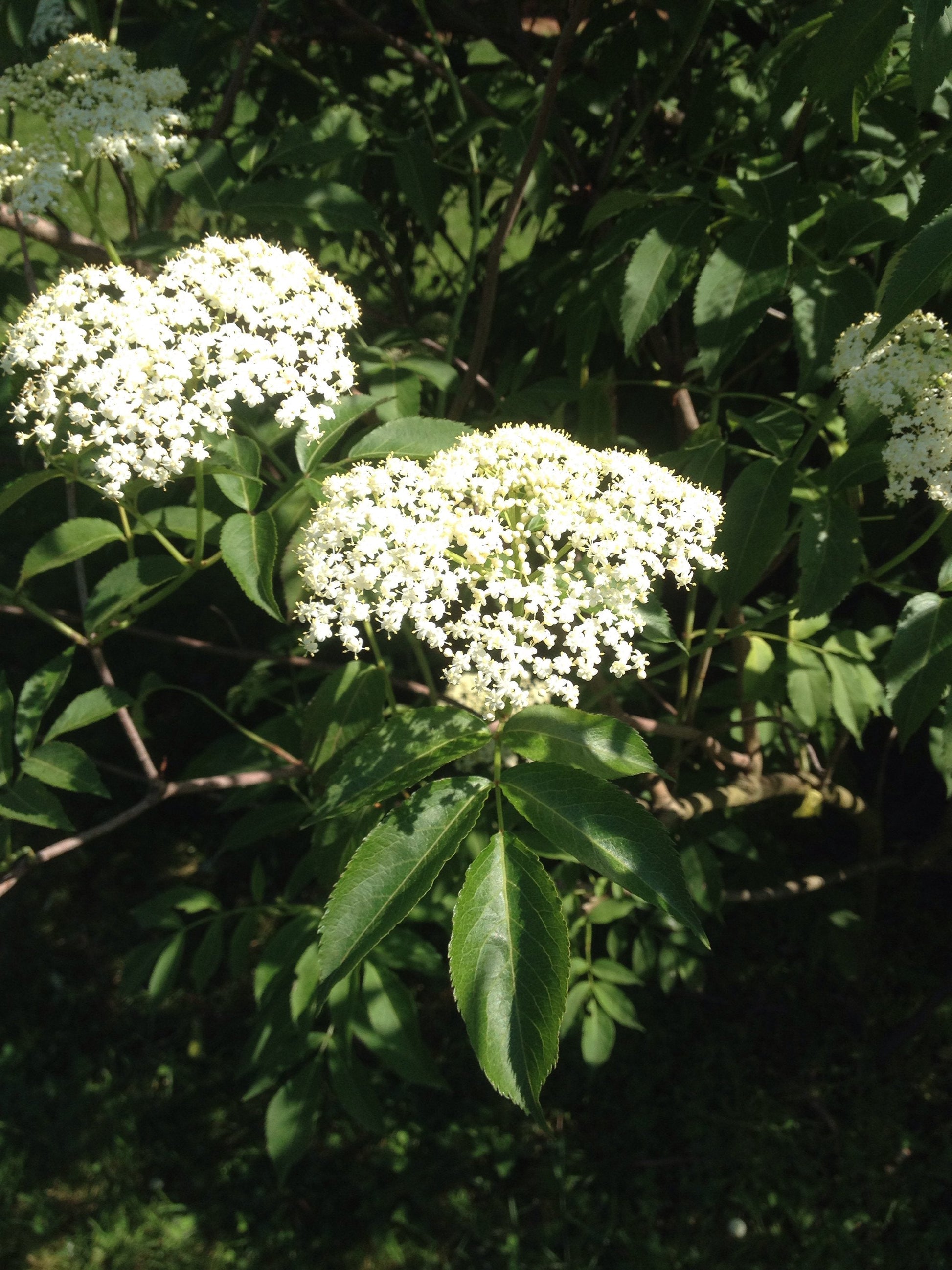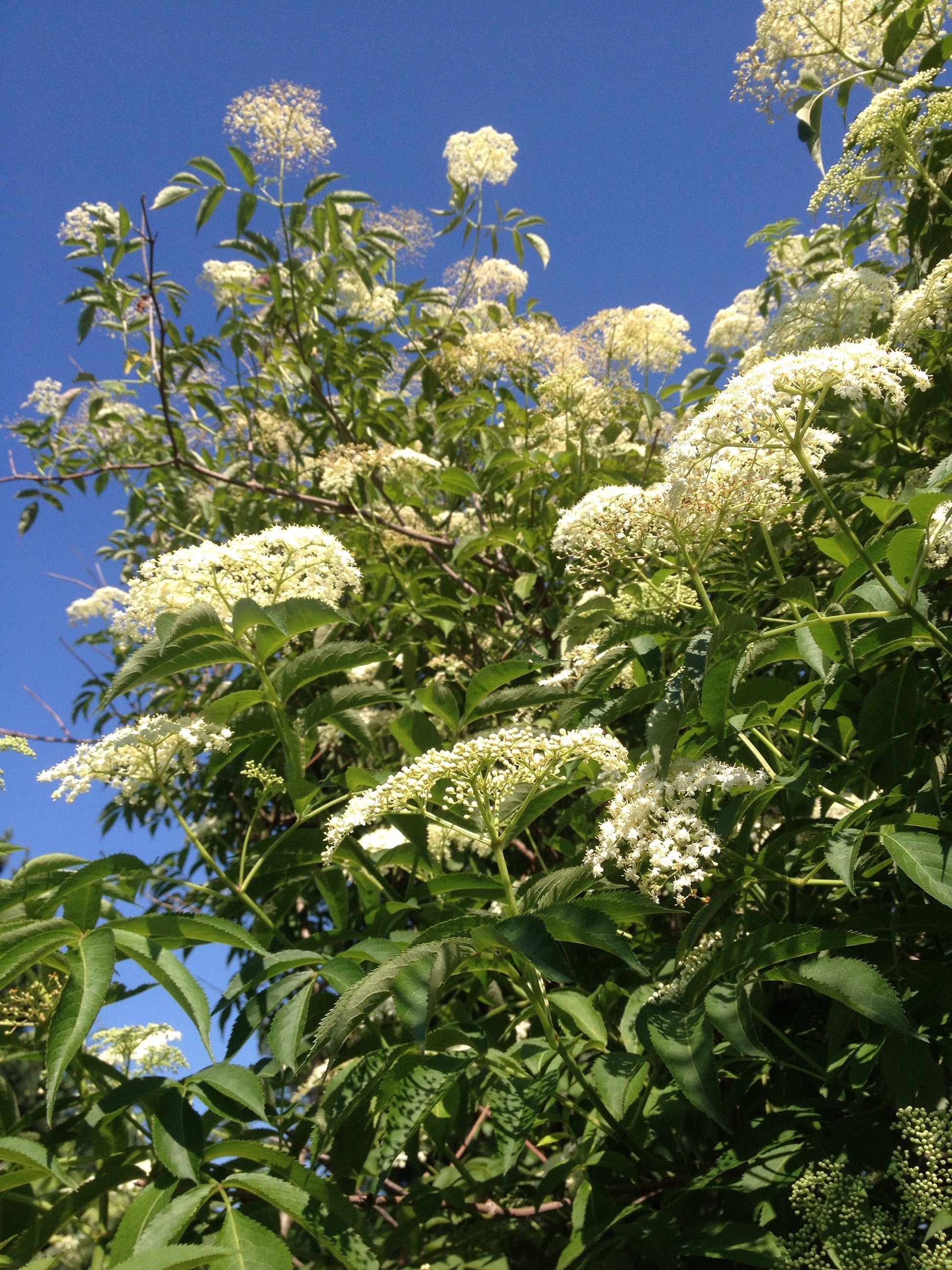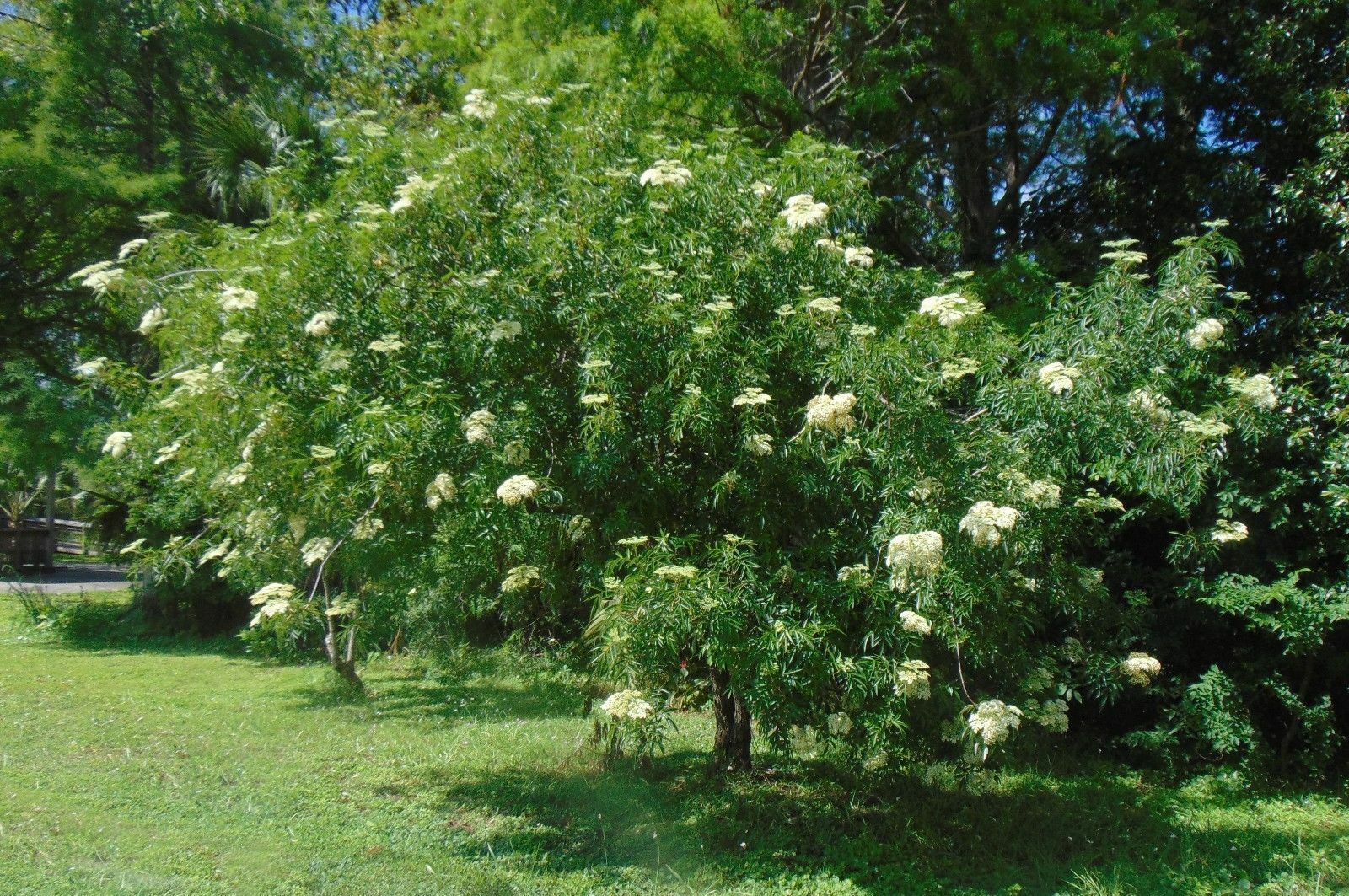Floridaseeds
American Elderberry Seeds Sambucus canadensis 100 Seeds USA Company
American Elderberry Seeds Sambucus canadensis 100 Seeds USA Company
Couldn't load pickup availability
Sambucus canadensis, commonly known as American elderberry or elderberry, is a deciduous shrub native to North America. Belonging to the Adoxaceae family, it is valued for its clusters of small, fragrant, and edible berries, as well as its ornamental qualities.
Here are some key features of Sambucus canadensis:
Leaves: The leaves of American elderberry are pinnately compound, consisting of 5-11 leaflets arranged oppositely along a central stem. The leaflets are elliptical to lanceolate in shape, with serrated margins. The foliage is medium green and turns yellow in autumn before dropping.
Flowers: The flowers of Sambucus canadensis are small, creamy-white, and arranged in large, flat-topped clusters known as corymbs. The flowers are highly fragrant and attract pollinators such as bees and butterflies. They typically bloom in late spring to early summer, adding beauty and fragrance to the landscape.
Fruit: The berries of American elderberry are small, dark purple to black in color, and arranged in clusters. They ripen in late summer to early fall and are highly prized for their sweet-tart flavor. The berries are edible when fully ripe and are commonly used in jams, jellies, syrups, wines, and herbal remedies.
Habitat and Growing Conditions: American elderberry is commonly found in moist, fertile soils along stream banks, woodland edges, and disturbed areas throughout its native range. It prefers full sun to partial shade and can tolerate a wide range of soil types, including sandy, loamy, and clay soils.
Wildlife Value: The berries of Sambucus canadensis are an important food source for birds, including songbirds and game birds, as well as small mammals. The shrub also provides cover and nesting sites for birds, contributing to habitat diversity in natural areas.
Cultural and Medicinal Uses: American elderberry has a long history of culinary and medicinal use by Native American tribes and early European settlers. The berries are rich in vitamins, minerals, and antioxidants and are believed to have immune-boosting and anti-inflammatory properties. They are commonly used to make elderberry syrup, a popular natural remedy for colds, flu, and respiratory infections.
Overall, Sambucus canadensis is a versatile and valuable native plant species with ornamental, culinary, and medicinal attributes. Its fragrant flowers, flavorful berries, and wildlife benefits make it a welcome addition to gardens, natural landscapes, and wildlife habitats.
Growing Instructions for the American elderberry
The seeds have a period of dormancy. They can be planted outdoors in the fall or winter for spring germination or they can be cold stratified to simulate winter conditions and to break their dormancy at any time of the year. 1. Place the seeds in a plastic bag and seal it. Store the bag in a refrigerator for two months. 2. Fill a pot with potting soil. 3. Sow the seeds on the soil and cover them with a thin layer of soil. 4. Water the container and leave it to drain. 5. Put the pot in a warm, sunny area. 6. Water the pot regularly so that the soil is moist but not wet. 7. The seedlings can be transplanted when they are a few inches tall.
Materials
Materials
Shipping & Returns
Shipping & Returns
Dimensions
Dimensions
Care Instructions
Care Instructions
Share
